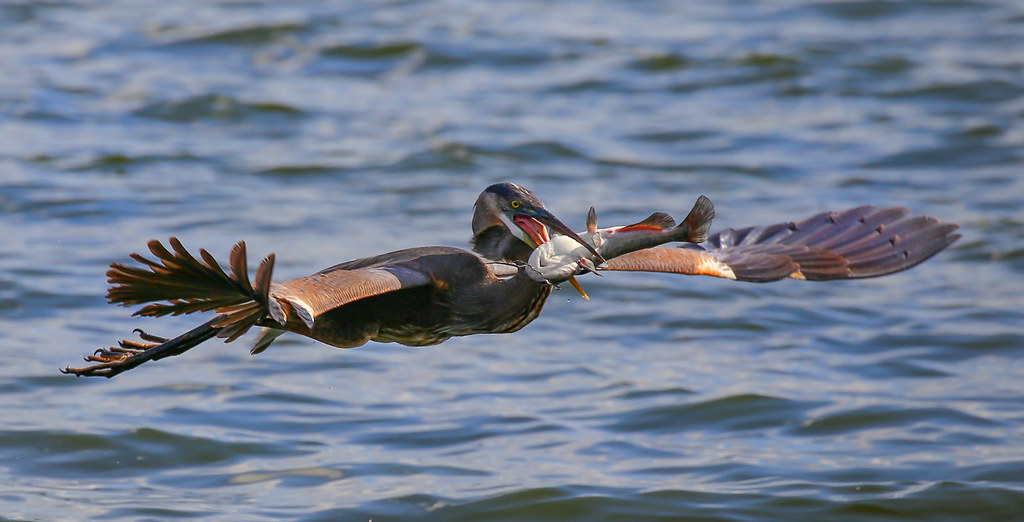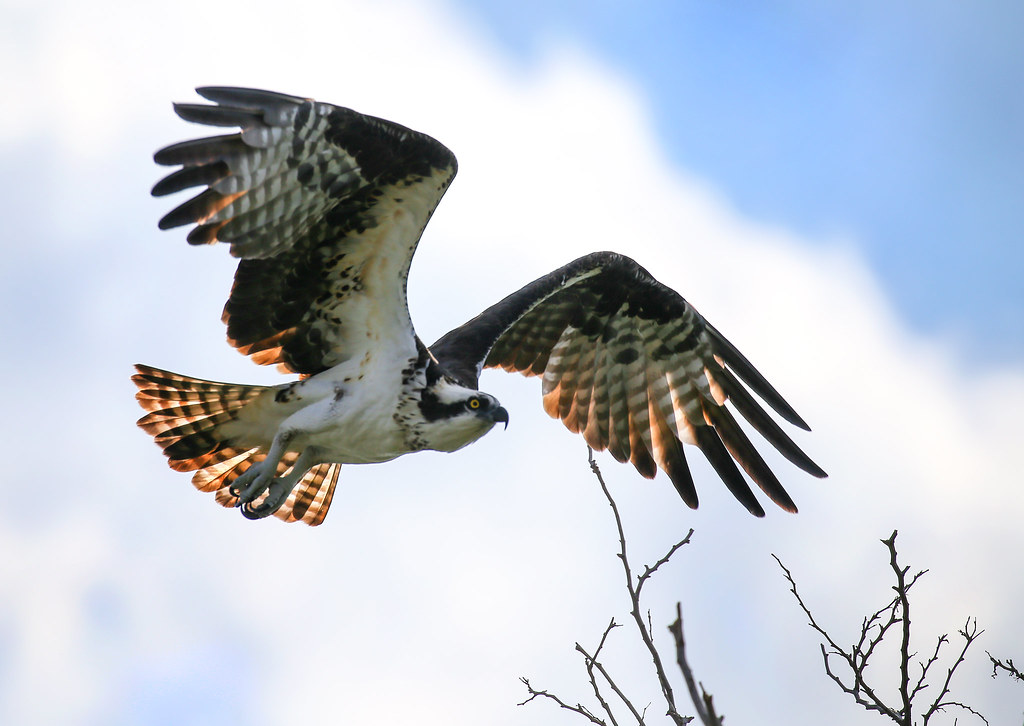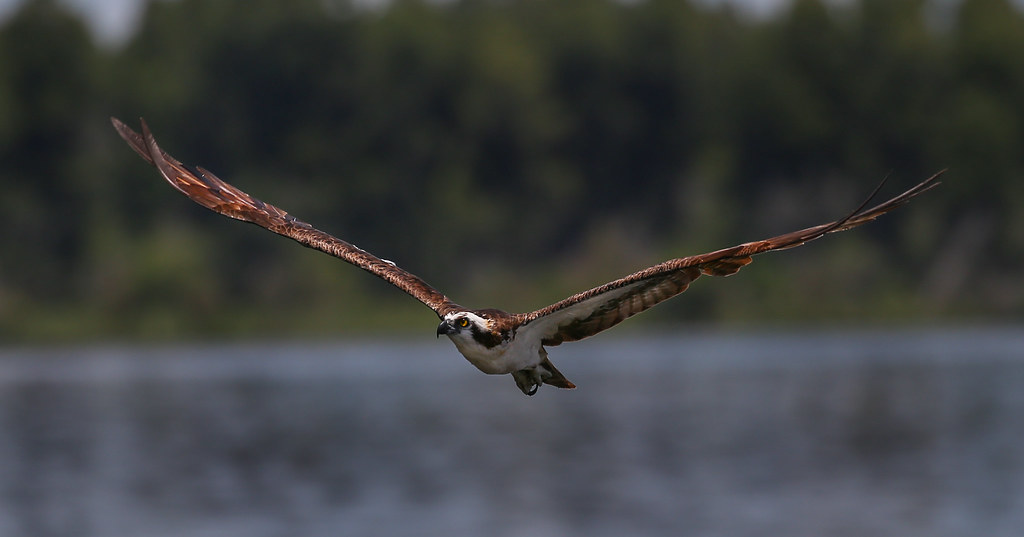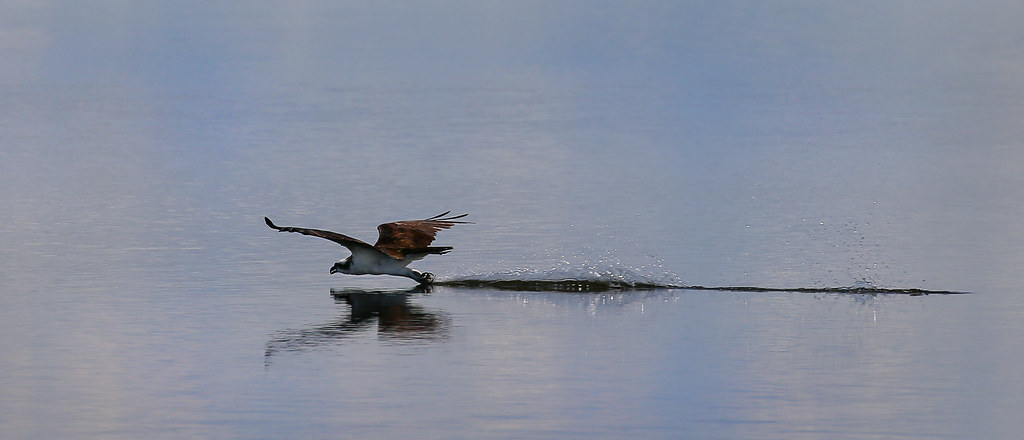I have Nikon 70-300 and Tamron 150-600mm. I have Nikon D7100. I prefer Tammy over Nikon obviously for greater reach. Nikon 70-300mm is a good lens. Focussing is quick but I loses sharpness after 200mm. In this respect it is worse than 55-300, which I owned till a few months ago. Optically Tammy surely can't match primes or even Nikon 200-500mm but it is decent. Tammy is also lighter than Nikon 200-500mm or Sigma 150-600mm. Afterall at the end of the day you will surely wish you had a lighter lens . In fact I am in search of lighter alternatives to DSLR and long zooms. Here are some of recent shots taken with Nikon D7100 and Tamron 150-600mm combo.
Results 21 to 34 of 34
Thread: Lens for birds (also)
-
13th November 2016, 05:20 PM #21
Re: Lens for birds (also)
Last edited by Dave Humphries; 13th November 2016 at 08:19 PM. Reason: Fixed broken image tag - revealing the last photo
-
13th November 2016, 05:42 PM #22

- Join Date
- Dec 2012
- Location
- Alaska
- Posts
- 7,604
- Real Name
- Dan
-
13th November 2016, 08:12 PM #23
-
18th November 2016, 10:15 AM #24
Re: Lens for birds (also)
-
18th November 2016, 12:15 PM #25
-
18th November 2016, 01:44 PM #26
Re: Lens for birds (also)
So much stuff to contemplate. I feel for you as I learned all this through trial and error. There are always "other" factors to consider when going telephoto or telephoto zoom. Weight, for me was one of the factors that pushed me away from the Sigma 150-600 Sport, and softness at the edges at 600mm killed the Tamron 150-600 for my birding needs.
I ended up with the Nikon 200-500 5.6 which in solid light is a winner in either DX or FX format when coupled to either my D800 or D810. I let a friend shooting a D7200 shoot it for an afternoon and she got extraordinary results. I was actually rather surprised. Other factors are called the "Sweet Spot" of the lens. With the Sigma, I had to lose almost two stops of light to get the optimum focus at f/11 and with the Tamron, one stop at f/8. The 200-500 seems to do well at all apertures, however it is a fixed f/5.6 lens whereas the Tamron and Sigma are variable at f/5.6 @ 150 and 6.3 @ 600. Losing one or two stops more depending on focal length puts you almost into mid day sun to have enough light to shoot or, into higher ISO's to compensate. There are no free lunches in the world of birding lenses.
I can tell you from experience and lots of it, anything under 400 is only going to put you into the padded frustration room. The exception to that might be the Nikon 300mm 2.8 but you might want to weigh in the 5X cost factor. Same goes with the 400mm 2.8 or the 600 or 800 f/4 which go from $17,400 down to a mere $6,500 give or take. The lesser expensive Nikon zooms, the 28-300 or 70-300 are okay, but unless you can either fly with them or climb into their nest unnoticed, they are a waste of money.
And then, there are the tele-extenders that go from 1.4 to 2.0 and I've only had marginal results while using them. Again, 1.4 loses you one more stop of light while the 1.8 and 2.0 cost you two stops. Shooting birds is about clarity in the eye, and details in the feathers. Shooting birds is about shooting something that moves much faster than you think and thus requires a camera and lens that can acquire a very fast focus lock and which can carry that focus lock throughout the length of the shot.
In general (and I know I am being snooty) the more expensive the camera, the better the birder camera. I get far better shots with the D800 than I did with the D7200 and I get even better over the D800 with the D810. Not sure I've been a great help but my best advice is to not buy something that is only going to continue your frustration. Oh, I did have great results with the Nikon 80-400 4/5.6 but not as good as I have with the 200-500. The trade-off was losing the bottom end so I bought a 24-120 to compensate when I need less. The 80-400 is a pricey little beast but is one of the best lenses I've ever shot.
Give and take, give and take, give and take....Photography lens buying guide in a nutshell.Last edited by ccphoto; 18th November 2016 at 02:37 PM.
-
18th November 2016, 02:39 PM #27
-
18th November 2016, 02:43 PM #28
-
18th November 2016, 11:00 PM #29
Re: Lens for birds (also)
I agree that my 70-300mm is better at f/8 and f/11 than f/5.6 or even f/7.1. So I shoot f/11 when I can or f/8 otherwise - and f/5.6 if desperate (low light and already high iso) or needing a shallow DoF (as if it's not shallow enough).
That's all relevant to shooting at 300mm, which of course is what I do with it 99% of the time - probably a big hint there too
Last edited by Dave Humphries; 18th November 2016 at 11:05 PM.
-
20th November 2016, 04:24 AM #30
Re: Lens for birds (also)
Chris, very helpful advice from you. I have Tamron 150-600mm .True it's a little soft at 600mm. In fact I thought of selling it to buy a new Nikon 200-500mm. Quality wise best budget lens from Nikon. You have used both. I heard that Nikon is heavier. That's why I am planning to go with either 80-400 or 300mm f4 afs+1.4tc. What will be better in you opinion ?
-
20th November 2016, 04:31 AM #31
-
1st December 2016, 09:20 PM #32
Re: Lens for birds (also)
As stated by some what you plan on doing with the shot in the end is where you start,I have the D800 and use the 200-500 VR on a tripod so I can crop to FX that is now 750mm then crop that like most would with an DX camera now I am at 1500mm,and if all went well crop to 3000mm. And still have room to spare Thanks to the Raw file size of over 75mb. But to get regular good results go for 300 or greater,careful what you get as slapping a 2X converter you may land up with a camera that will not focus as you have passed f8 for focus.
-
2nd December 2016, 05:10 AM #33
Re: Lens for birds (also)
Not so you would really notice. Lens compression doesn't leave much at the top end. I've shot my 200-500 @ 500 f/16 and cannot see any difference than at 11 and very little at f/8. You might have to increase your ISO slightly to compensate for the extra loss of a stop.
-
17th December 2016, 08:22 PM #34

 Helpful Posts:
Helpful Posts: 




 Reply With Quote
Reply With Quote












